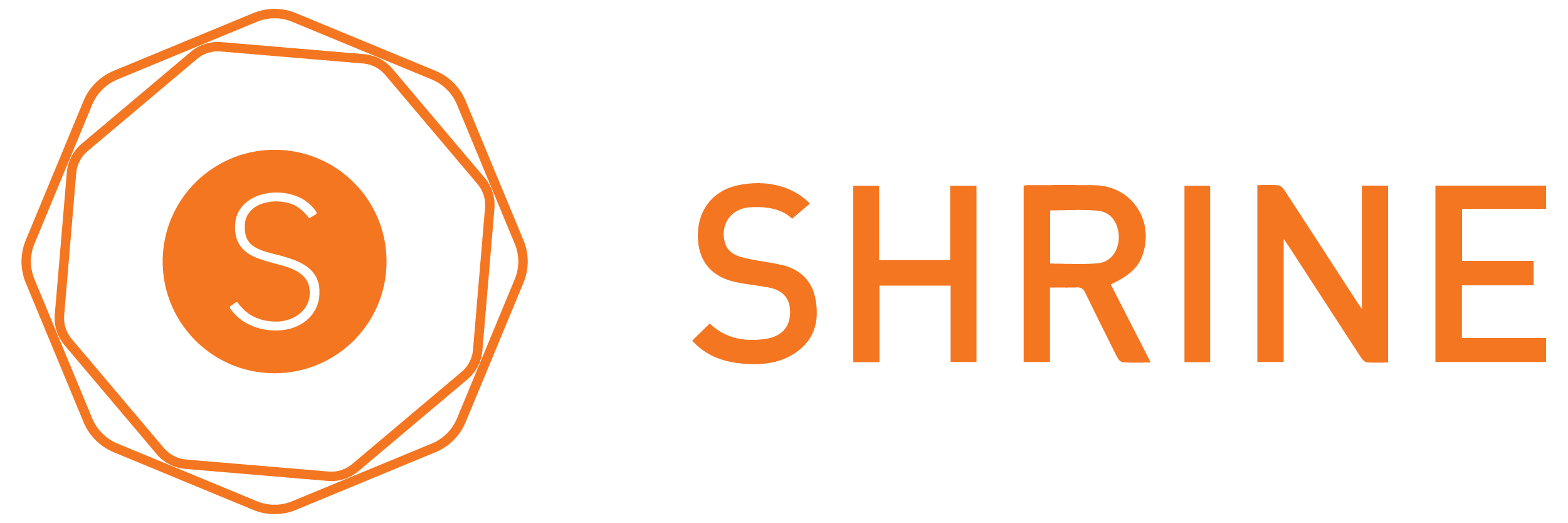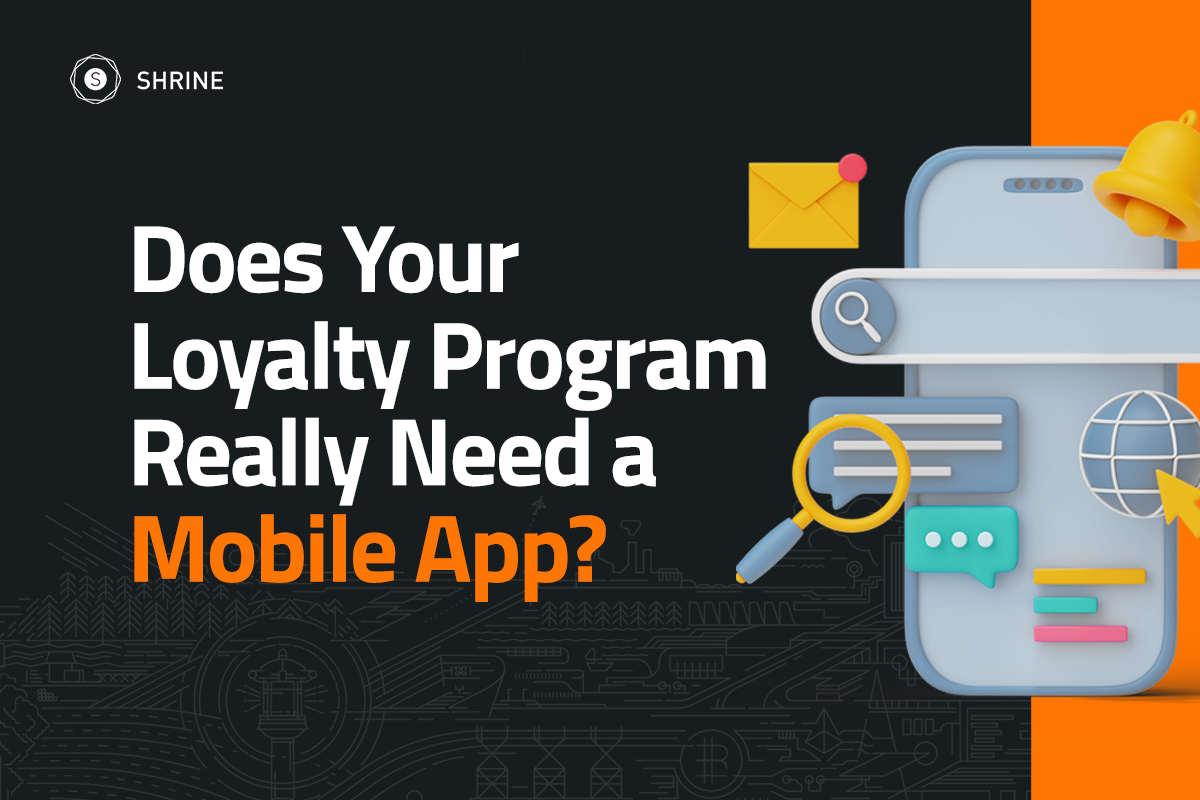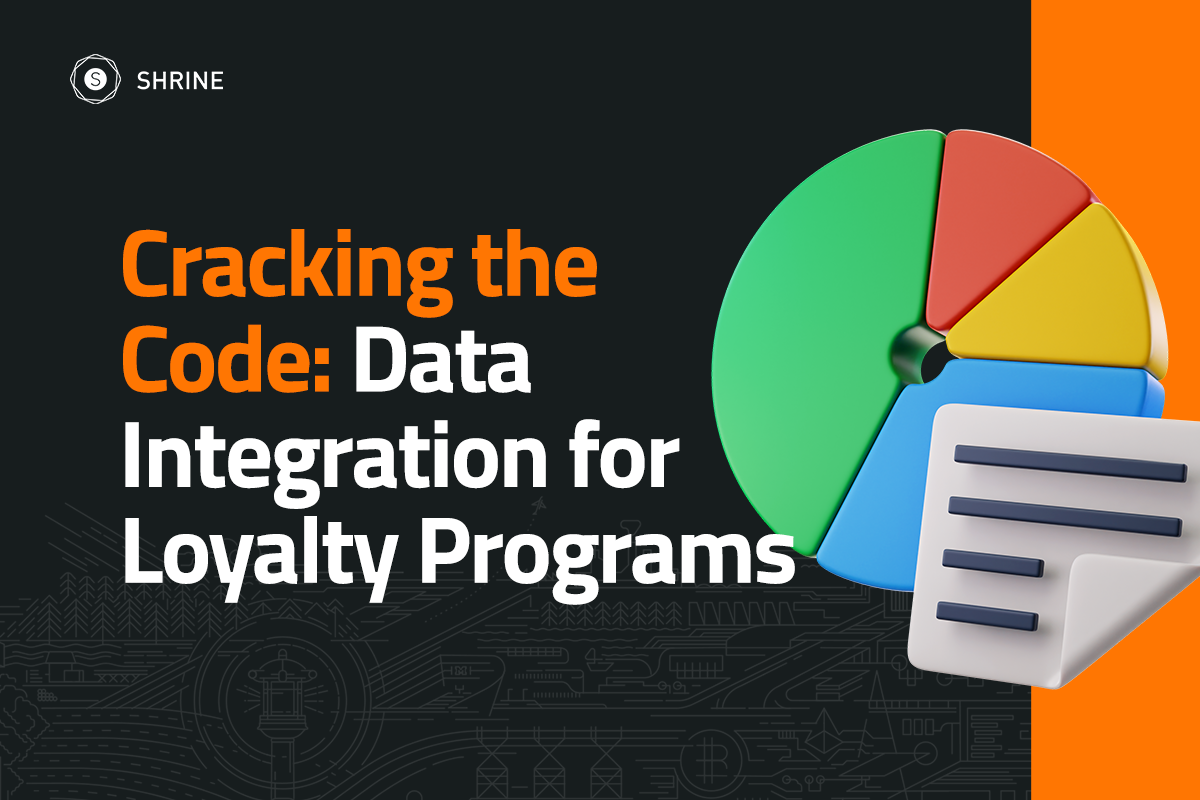Exploring Staff Augmentation and Managed Staff Augmentation Models
Do you need top-performing talent for your project but don’t have the time or resources to find it? As you face changing demands, shifting deadlines, and evolving technical requirements, there are two staffing models that can help: staff augmentation and managed staff augmentation. While both approaches offer various advantages, understanding the differences and knowing when to use each type is crucial for optimizing success.
Staff Augmentation
Staff augmentation involves hiring individual developers or specialists on a temporary basis to support an existing in-house team. They work alongside internal team members, providing additional skills, expertise, and bandwidth as needed. Benefits of staff augmentation include:
- Flexibility: With staff augmentation, you can scale your development team up or down quickly in response to fluctuating requirements or timelines. That way, you can adapt to workload fluctuations without the overhead of hiring full-time employees.
- Access to specialized skill sets: By opting for staff augmentation, you can select from a diverse talent pool of skilled professionals with specific expertise in areas like software development, quality assurance, or system architecture. This can help you fill skill gaps or address technical challenges without investing in extensive training or recruitment efforts.
- Cost-effectiveness: Staff augmentation can be a budget-friendly solution compared to hiring full-time employees. Organizations pay for the resources and expertise needed for the duration of the assignment, avoiding the overhead costs associated with onboarding and retaining permanent staff.
So, when is it ideal to use staff augmentation for your software development project? We typically see staff augmentation implemented for the following needs:
- Short-term projects: Staff augmentation is ideal for short-term assignments with specific skill requirements or tight deadlines. Hiring external resources on a temporary basis allows organizations to augment their team quickly and efficiently without the long-term commitment of hiring full-time employees.
- A need for specialized expertise: When projects require niche skills that may not be available internally, staff augmentation provides access to experienced professionals who can succinctly fill skill gaps.
- Seasonal workloads: Organizations that have seasonal fluctuations in workload demands can benefit from staff augmentation to scale their team up or down as needed, ensuring they have the resources required to meet deadlines and deliverables.
Managed Staff Augmentation
Managed staff augmentation goes a step further to make sure you have the talent you need. It involves partnering with a third-party vendor to oversee the entire staffing process, from recruitment and onboarding to performance management and project delivery. You can receive ongoing support, guidance, and oversight on a more long-term basis. Managed staff augmentation offers several advantages, including:
- Resource management: Managed staff augmentation relieves the burden of recruiting, hiring, and managing external resources. The vendor handles the entire staffing process, ensuring that the right talent is onboarded quickly and seamlessly to support goals and objectives.
- Quality assurance: By partnering with a reputable vendor, organizations can ensure that external resources are vetted, qualified, and capable of delivering high-quality work. Managed staff augmentation providers typically have rigorous screening processes in place to identify top talent and match them with client needs.
- Risk mitigation: Managed staff augmentation reduces the risk associated with hiring external resources by providing ongoing support, supervision, and performance management. The vendor assumes responsibility for resource allocation, project oversight, and ensuring deliverables meet quality standards and deadlines.
Managed staff augmentation can be extremely helpful in situations such as:
- Complex projects: Managed staff augmentation is well-suited for work that requires careful planning, coordination, and oversight. Partnering with a reputable vendor can help organizations navigate the complexities of staffing, project management, and resource allocation more effectively.
- Long-term engagements: If you have an extended or ongoing project, then managed staff augmentation offers continuity, stability, and ongoing support. This ensures you have access to the resources and expertise needed to drive success over time.
- Strategic partnerships: Managed staff augmentation is ideal for those who seek to collaborate with a vendor that takes a consultative approach and provides technical expertise and guidance. These partnerships go beyond staffing to deliver comprehensive solutions that address broader business objectives and challenges.
The Right Solution for You
Determining the right staffing model is critical for success — and Shrine Development is here to help. Shrine has vast experience with both staff augmentation and managed staff augmentation models. Along with placing top-tier talent, we offer strategic consultation, project ownership, and ongoing management. Specifically, Shrine has strategically placed high-impact leaders within the Allergan Data-Labs team over the last five years. The managed staff augmentation model has allowed Allergan Data-Labs to have the expertise needed in front- and back-end development, data science, and quality assurance. Read more about our experience here.
If you have any questions about staffing your software project, then please reach out here! We’d love to have a conversation.




